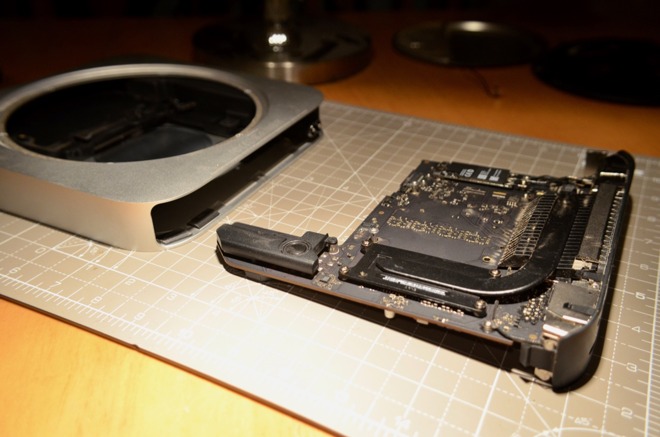
The one I disassembled was bigger, slower, noisier, and less reliable than the ones used in computers today, but with the cover off, it looked just the same as a modern one. Hard drives are faster, smaller, and use less energy than ever before, but they’re still essentially unchanged in basic concept from the first refrigerator-sized storage devices that IBM developed for its room-sized computers more than half a century ago.Īlmost 30 years ago I worked for a hard drive company, and one of the first things I did when I started was to take apart a drive to understand how it worked. In the process, Apple sacrifices a lot of performance.Ģ1st-century computing saddled with 20th-century storage
#How to mac mini late 2014 upgrade to high sierra mac#
It’s little wonder that Apple continues to use them for low-cost, low-margin systems like the Mac mini.

The price of SSDs has dropped precipitously in the past few years, but hard drives remain the champion of low cost per gigabyte – a 500 GB HDD replacement for a Mac mini costs you less than $50 at retail, while a 500 GB SSD might cost three times that amount. That’s because Apple continues to offer that model with a spinning hard disk drive, and that murders performance. I never expected it to win any races, but what kills the Mac mini compared to the MacBook Air isn’t the CPU or the RAM. It comes with a 1.4 GHz CPU and 4 GB of RAM. Regardless, I strongly recommend considering it – not just for a 2014 Mac mini, but for any older Mac you’d like to pep up.Īt $499, the base-model Mac mini is Apple’s least-expensive Mac, half the price of the MacBook Air but not nearly as peppy. If you’re using one of these models and you’re looking for a good way to bump up the performance, an SSD is, quite frankly, one of the only things you can do (unlike older Mac minis, Apple soldered the RAM in place).

I finally got around to upgrading my 2014 Mac mini with a solid state drive (SSD).


 0 kommentar(er)
0 kommentar(er)
